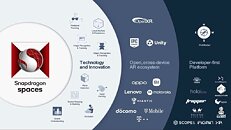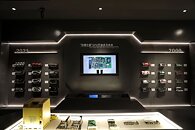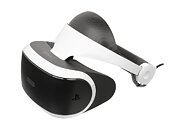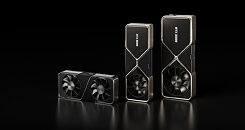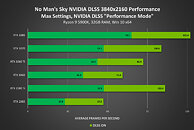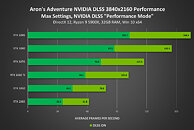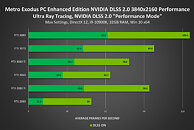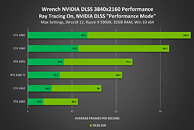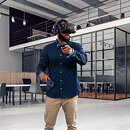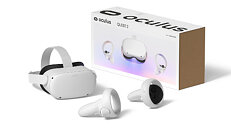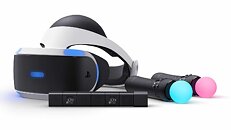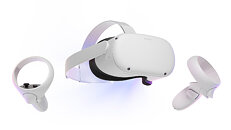With an Assist from Oculus Quest 2, 2022 AR/VR Device Shipments Revised Up to 14.19 Million Units, Says TrendForce
AR/VR device shipments revised up to 14.19 million units in 2022, with an annual growth rate of 43.9%, according to TrendForce research. Growth momentum will come from increased demand for remote interactivity stemming from the pandemic, as well as Oculus Quest 2's price reduction strategy. Microsoft HoloLens 2 and Oculus Quest 2 are first in market share for AR and VR, respectively.
According to TrendForce, the topic of the Metaverse has driven brands to actively plan for and stimulate product shipment performance. However, the AR/VR device market has yet to experienced explosive growth due to two factors: component shortages and the difficulty of developing new technologies. In addition, cosmetic and size considerations have made the more optically and technically difficult Pancake design the first choice for new high-end products. Furthermore, various embedded tracking feedback technologies key to enhancing the user's immersive experience such as eye tracking and 6DoF further affect the development progress of a new product as a whole. Since there are no new foreboding products on the horizon, TrendForce believes, no other branded products have a chance at supplanting the current mainstream status of Oculus or Microsoft until at least 2023.
According to TrendForce, the topic of the Metaverse has driven brands to actively plan for and stimulate product shipment performance. However, the AR/VR device market has yet to experienced explosive growth due to two factors: component shortages and the difficulty of developing new technologies. In addition, cosmetic and size considerations have made the more optically and technically difficult Pancake design the first choice for new high-end products. Furthermore, various embedded tracking feedback technologies key to enhancing the user's immersive experience such as eye tracking and 6DoF further affect the development progress of a new product as a whole. Since there are no new foreboding products on the horizon, TrendForce believes, no other branded products have a chance at supplanting the current mainstream status of Oculus or Microsoft until at least 2023.



